What You Need To Know About Pesticides – 10 Simple Reasons to Avoid Pesticides and Pesticide Contaminated Foods
The Hidden Dangers of Pesticides
Overview

What Are Pesticides and Why You Should Be Concerned
Pesticides are chemical substances used to control or eliminate pests, which include insects, weeds, fungi, and microorganisms that can harm crops, livestock, and public health. They play a vital role in modern agriculture by preventing crop losses, increasing food production, and reducing the spread of diseases carried by vectors like mosquitoes. However, there are several reasons to be concerned about the use of pesticides:
- Health Risks: These chemicals can pose health risks to both agricultural workers and consumers. Long-term exposure to pesticide residues in food has been linked to various health problems, including cancer, neurodevelopmental disorders, reproductive issues, and respiratory ailments.
- Environmental Impact: Pesticides can have unintended consequences on ecosystems. They may harm non-target species, disrupt natural predator-prey relationships, and contribute to biodiversity loss. These chemicals can also contaminate soil, water, and air, affecting aquatic life and wildlife populations.
- Resistance and Resurgence: Pests can develop resistance to pesticides over time, making them less effective. This can lead to a need for stronger or more toxic chemicals, which can exacerbate environmental and health concerns. Additionally, when these chemicals kill off natural predators of pests, it can lead to resurgences of pest populations.
- Toxicity to Humans: Many pesticides are toxic to humans, and exposure can lead to acute poisoning or long-term health issues. This is a concern for agricultural workers, who are at the forefront of pesticide exposure, as well as for individuals living near agricultural areas.
- Food Safety: Pesticide residues can persist on or in food products. While regulatory limits are in place to ensure safety, concerns remain about the cumulative impact of consuming multiple pesticide residues through various food items.
- Pollinator Decline: Certain pesticides, such as neonicotinoids, have been linked to pollinator decline, particularly honeybee populations. Pollinators are essential for the pollination of many crops, and their decline can have a significant impact on food production.
- Residue in Water: Pesticides can leach into groundwater and surface water, contaminating drinking water sources and affecting aquatic ecosystems. This poses a risk to both human health and the environment.
- Ethical and Sustainability Concerns: The extensive use of these chemicals has raised ethical and sustainability concerns. It may encourage environmentally harmful monoculture farming practices and discourage more sustainable, integrated pest management approaches.
It’s important to note that regulatory agencies in many countries establish safety standards and residue limits for pesticides to protect human health and the environment. Consumers can take steps to reduce exposure, such as choosing organic or pesticide-free food options and advocating for more responsible and sustainable farming practices. These concerns emphasize the need for ongoing research, education, and regulation to balance the benefits of pesticide use with the potential risks.
The Environmental Impact and Occupational Dangers
Pesticides, by design, are meant to kill or repel unwanted pests. Unfortunately, they don’t discriminate. Many beneficial insects, like bees and butterflies, are also harmed by these chemicals. This indiscriminate destruction of biodiversity disrupts ecosystems and weakens natural pollinators, which are essential for our food supply. A study published in the journal “Nature” in 2019 revealed that the world’s insect populations are in decline, with pesticides playing a significant role in this crisis.
Moreover, these chemicals can persist in the environment for extended periods, contaminating soil and water. These chemicals can find their way into streams, rivers, and eventually, our oceans, posing a significant threat to aquatic life. This pollution can also affect human health, as pesticide residues can end up in our drinking water.
It’s not only consumers who face potential hazards. Agricultural workers, who are on the front lines of pesticide use, are at significant risk. According to the World Health Organization (WHO), approximately 200,000 pesticide poisoning deaths occur annually, most of which are among agricultural workers in developing countries. Even in developed countries, proper safety precautions are not always followed, leading to chronic health issues among agricultural workers exposed to these chemicals.
Human Health Concerns
When we think of pesticides, we often think of the fresh produce we buy at the supermarket. The residue left on these fruits and vegetables is a major concern for consumers. Numerous studies have raised questions about the potential health risks of pesticide exposure.
A landmark report by the Environmental Working Group (EWG) identified a “Dirty Dozen” list of produce items most likely to contain pesticide residues, which includes strawberries, spinach, and apples. These residues can have adverse health effects, including potential links to cancer, hormone disruption, and developmental problems in children. The EWG also maintains a “Clean Fifteen” list of produce items with lower pesticide residues, helping consumers make informed choices.
What Diseases Are Caused by Pesticides
Pesticides, while designed to protect crops and control pests, can have adverse effects on human health. Exposure to these chemicals has been linked to various diseases and health conditions. Here are some of the diseases and health problems associated with pesticide exposure, along with references to support these claims:
- Cancer:
- Numerous studies have suggested an association between pesticide exposure and various types of cancer, including leukemia, non-Hodgkin lymphoma, and various solid tumors.
- Neurological Disorders:
- These chemicals have been implicated in the development of neurological disorders such as Parkinson’s disease, Alzheimer’s disease, and other neurodegenerative conditions.
- Reproductive and Developmental Effects:
- Pesticide exposure has been linked to reproductive problems, including reduced fertility, birth defects, and developmental delays in children.
- Respiratory Problems:
- Pesticide exposure may lead to respiratory issues, including asthma and other lung diseases, particularly among agricultural workers.
- Endocrine Disruption:
- These chemicals can disrupt the endocrine system, potentially leading to hormonal imbalances and related health problems.
- Skin Disorders:
- Direct contact with pesticides can cause skin irritations, rashes, and allergic reactions in individuals handling these chemicals.
- Gastrointestinal Issues:
- Ingesting or coming into contact with pesticides can lead to gastrointestinal problems, such as nausea, vomiting, and diarrhea.
- Cardiovascular Diseases:
- Some studies suggest a potential link between long-term exposure to certain pesticides and an increased risk of cardiovascular diseases, including heart attacks and strokes.
It’s important to note that the effects of pesticide exposure can vary depending on factors such as the type of pesticide, the level of exposure, and individual susceptibility. Protective measures and adherence to safety guidelines are essential for those who work with pesticides. Additionally, consumers can reduce their exposure by choosing organic products and washing fruits and vegetables thoroughly to remove pesticide residues.
10 Reasons to Avoid Pesticides and Pesticide Contaminated Foods
Avoiding foods containing high levels of pesticides and choosing organic or pesticide-free options can be beneficial for several reasons. Here are ten compelling reasons with references to support each point:
- Reduced Health Risks:
- Pesticide residues on food have been linked to various health issues, including cancer, neurodevelopmental disorders, and reproductive problems. Choosing pesticide-free or organic foods can lower these risks.
- Protection for Children:
- Children are particularly vulnerable to the health effects of pesticide exposure. Avoiding pesticide-laden foods can help protect the health and development of young ones.
- Preservation of Biodiversity:
- These chemicals harm beneficial insects and disrupt ecosystems. By choosing pesticide-free options, consumers can contribute to the preservation of biodiversity.
- Safer Drinking Water:
- Pesticides can contaminate water sources, including drinking water. Reducing pesticide use in agriculture by choosing pesticide-free products can help protect water quality.
- Lower Risk for Farmers and Farmworkers:
- Reducing pesticide use benefits the health of farmers and farmworkers, who are at greater risk of pesticide exposure.
- Protection of Pollinators:
- These chemicals are a significant threat to pollinators like bees and butterflies. Avoiding pesticide-containing foods helps protect these essential species.
- Less Harmful Chemical Residues:
- Pesticide-free or organic foods have fewer chemical residues, making them a healthier choice for consumers.
- Reduced Environmental Pollution:
- These chemicals can persist in the environment, contributing to soil and water pollution. Choosing pesticide-free foods supports cleaner and healthier ecosystems.
- Sustainable Agriculture:
- Supporting pesticide-free and organic farming practices promotes sustainability by reducing the reliance on harmful chemicals and encouraging eco-friendly alternatives.
- Ethical Food Choices:
- Opting for pesticide-free or organic foods reflects an ethical choice that supports environmentally friendly and socially responsible agricultural practices. It encourages responsible farming.
By making informed choices and opting for foods with lower pesticide residues or organic alternatives, individuals can contribute to better health, a cleaner environment, and more sustainable agriculture practices.
Foods with High Pesticide Contamination
Certain foods are more likely to contain higher levels of pesticide residues due to various factors, including the types of pesticides used and the way these crops are grown. The Environmental Working Group (EWG), a nonprofit organization, conducts annual analyses of pesticide residue data to identify which produce items are more likely to contain high pesticide residues. They publish lists known as the “Dirty Dozen” and the “Clean Fifteen.” These lists help consumers make informed choices about which foods to prioritize when considering pesticide exposure. Here are some examples of foods that have been found to have higher amounts of pesticides:
- Strawberries:
- Strawberries often top the “Dirty Dozen” list and are known for their high pesticide residues. Pesticides used on strawberries may include fungicides, herbicides, and insecticides.
- Spinach:
- Spinach is another high-risk item, often ranking near the top of the list. It can contain various pesticides, including those used to control pests and diseases.
- Apples:
- Apples are commonly treated with pesticides to protect them from insects and diseases. Pesticide residues are often found on apple skins.
- Grapes:
- Grapes, particularly when non-organic, can contain residues of pesticides used to control fungal diseases and pests.
- Peaches:
- Peaches are susceptible to various pests and diseases, leading to the use of multiple pesticides.
- Nectarines:
- Nectarines, like peaches, are often treated with pesticides to protect against insects and diseases.
- Cherries:
- Cherries are susceptible to pests and diseases, which may result in the use of pesticides.
- Tomatoes:
- Pesticide residues on tomatoes can vary, but they may contain residues of various chemicals used to protect against pests and diseases.
- Bell Peppers:
- Bell peppers may be treated with pesticides to control insect pests, such as aphids and caterpillars.
- Celery:
- Celery can contain pesticide residues, primarily from insecticides and fungicides.
- Cucumbers:
- Cucumbers may have pesticide residues, particularly from chemicals used to control fungal diseases.
- Potatoes:
- Potatoes can contain pesticide residues used to protect them from pests and diseases.
It’s important to note that washing and peeling some of these fruits and vegetables can help reduce pesticide residues. Additionally, choosing organic options is a way to minimize pesticide exposure, as organic farming relies on natural and sustainable practices, often with reduced or no pesticide use.
What are the Risks of Pesticide Exposure?
Pesticide exposure can pose significant risks to human health and the environment. These risks vary depending on the type and amount of pesticide, the route of exposure (e.g., ingestion, inhalation, or dermal contact), and the duration of exposure. Here are some of the key risks associated with pesticide exposure, supported by references:
- Acute Poisoning:
- Acute pesticide poisoning can occur through accidental or intentional exposure and may result in symptoms ranging from mild skin irritation to severe neurological and respiratory effects. Such incidents can be life-threatening.
- Chronic Health Effects:
- Long-term exposure to these chemicals has been linked to chronic health conditions, including cancer, neurological disorders (such as Parkinson’s disease), and reproductive problems.
- Developmental and Reproductive Issues:
- Pesticide exposure, especially during critical developmental stages, can lead to birth defects, developmental delays, and reproductive issues, such as infertility.
- Respiratory Problems:
- Inhaling pesticide residues or fumes can lead to respiratory issues, including asthma, bronchitis, and lung damage.
- Skin and Eye Irritation:
- Pesticides can cause skin rashes, dermatitis, and eye irritation upon contact. Long-term exposure may result in chronic skin conditions.
- Neurological Disorders:
- Some pesticides are neurotoxic and have been associated with an increased risk of neurological disorders, including Alzheimer’s and other cognitive impairments.
- Endocrine Disruption:
- These chemicals can interfere with the endocrine system, leading to hormonal imbalances and related health issues, such as disrupted reproductive and thyroid functions.
- Cancer Risk:
- Several pesticides have been classified as probable or possible human carcinogens by organizations like the International Agency for Research on Cancer (IARC). Pesticide exposure is linked to increased cancer risk.
- Environmental Harm:
- Pesticides can contaminate soil, water, and air, harming non-target species, pollinators, and ecosystems. This can lead to biodiversity loss and environmental pollution.
- Water Contamination:
- Pesticides can leach into groundwater and surface water, contaminating drinking water sources and affecting aquatic life. This poses a risk to both human health and the environment.
- Occupational Hazards:
- Farmworkers and individuals working with pesticides are at greater risk of exposure, making them vulnerable to the health risks associated with these chemicals.
- Food Residues:
- Pesticide residues on food can be ingested, leading to potential health risks, especially for consumers who regularly consume products with high pesticide residues.
Reducing pesticide exposure involves implementing safety measures for those working with pesticides, regulating and monitoring pesticide use, choosing organic or pesticide-free food options, and promoting sustainable farming practices. These steps can help mitigate the associated risks and protect both human health and the environment.
Safer Alternatives
The good news is that there are alternative methods to conventional pesticide use. Integrated Pest Management (IPM) is an approach that combines multiple strategies, including crop rotation, natural predators, and organic pesticides, to reduce the reliance on harmful chemicals. Many farmers and agricultural experts are turning to these methods to protect their crops without compromising the environment or human health.
Additionally, consumers can choose to buy organic products, which are produced without synthetic pesticides. Organic farming relies on natural and sustainable practices, prioritizing soil health and biodiversity.
Avoiding pesticides and reducing exposure is essential for protecting both personal health and the environment. Here are several steps individuals can take to minimize their exposure to pesticides, supported by references:
- Choose Organic Products:
- Opt for organic foods, which are grown without synthetic pesticides. Organic farming relies on natural and sustainable practices that reduce pesticide use.
- Wash and Peel:
- Wash fruits and vegetables thoroughly under running water and consider peeling them when appropriate. This can help remove pesticide residues from the surface.
- Stay Informed:
- Keep up-to-date with the Environmental Working Group’s annual “Dirty Dozen” and “Clean Fifteen” lists to prioritize your organic purchases. These lists identify produce with high and low pesticide residues.
- Support IPM Practices:
- Promote Integrated Pest Management (IPM) in agriculture. IPM combines multiple strategies, including crop rotation, natural predators, and organic pesticides, to reduce reliance on synthetic chemicals.
- Avoid Household Pesticides:
- Limit the use of pesticides in and around your home. Use alternative pest control methods, such as traps or non-toxic repellents, to manage pests.
- Buy Local and Seasonal:
- Purchase locally grown and seasonal produce. These options may be fresher and have fewer pesticide residues due to shorter transport and storage times.
- Grow Your Own:
- Consider growing your own fruits and vegetables. This allows you to have control over the use of pesticides, or you can choose to use organic and pesticide-free methods.
- Support Sustainable Agriculture:
- Choose products from companies and farms that prioritize sustainable and environmentally friendly farming practices, reducing the need for pesticides.
- Buy Certified Pesticide-Free:
- Look for products that carry certification labels for pesticide-free or low-pesticide use, ensuring a reduced likelihood of pesticide residues.
- Advocate for Regulation and Transparency:
- Support policies and initiatives that advocate for stricter regulations on pesticide use and increased transparency in labeling, making it easier for consumers to make informed choices.
By implementing these practices and supporting pesticide reduction efforts, individuals can contribute to the overall reduction of pesticide exposure for themselves and future generations.
Common Pesticides Found in Food
Numerous pesticides are used in agriculture to protect crops from pests, diseases, and weeds. The specific pesticides used can vary depending on the type of crop, the region, and the specific pest or problem that needs to be addressed. Some common pesticide names found on or in food products include:
- Chlorpyrifos: A widely used organophosphate insecticide.
- Glyphosate: The active ingredient in the herbicide Roundup, widely used on genetically modified crops.
- Atrazine: A herbicide used primarily on corn and sugarcane.
- Neonicotinoids: A class of insecticides, including imidacloprid, clothianidin, and thiamethoxam, known for their impact on pollinators.
- DDT (Dichloro-Diphenyl-Trichloroethane): Although banned in many countries, DDT and its breakdown products may still be present in some food due to its persistence in the environment.
- Malathion: An organophosphate insecticide used on various crops, including fruits and vegetables.
- Diazinon: An organophosphate insecticide commonly used on lawns, gardens, and certain crops.
- Parathion: An organophosphate insecticide, but its use has been greatly restricted due to its high toxicity.
- Carbaryl: A carbamate insecticide used on various crops and in pest control.
- Mancozeb: A fungicide used on a variety of crops to control fungal diseases.
It’s important to note that regulations and restrictions on the use of these pesticides can vary by country, and pesticide residues on food are subject to regulatory limits. Consuming foods that have been treated with pesticides doesn’t necessarily mean that they are unsafe, as residue levels are monitored and controlled to ensure that they are within established safety standards. Washing and peeling fruits and vegetables can also help reduce pesticide residues.
Consumers concerned about pesticide exposure can choose organic or pesticide-free options, as these are produced using fewer synthetic pesticides or none at all.
Please be aware that the types and levels of pesticide residues on food can change over time due to evolving regulations, agricultural practices, and consumer demand for safer and more sustainable food production.
After Thoughts
As Rachel Carson, the author of “Silent Spring,” once said, “The control of nature is a phrase conceived in arrogance, born of the Neanderthal age of biology and the convenience of man.” Pesticides are chemical substances used in agriculture and pest control to protect crops from pests, diseases, and weeds. They come in various forms, including insecticides, herbicides, and fungicides, and are designed to increase crop yields and reduce agricultural losses.
While pesticides play a crucial role in food production, their use raises concerns due to potential health and environmental risks. Pesticides can leave residues on or in food, impacting human health when consumed. Long-term exposure to pesticides has been associated with a range of health issues, including cancer, neurological disorders, and reproductive problems.
To reduce pesticide exposure, consumers can choose organic or pesticide-free products, wash and peel fruits and vegetables, and advocate for sustainable and responsible farming practices. Regulations on pesticide use and residue levels vary by region, emphasizing the importance of staying informed about pesticide safety.
For natural and healing remedies, products, and supplements to help you live your most optimal healthy life, visit our store here!
Remember: Own Your Health!
If you enjoyed the information presented in this article, Please Share It. Help us reach more people and keep this website going! Thank you!
Disclaimer: The information provided in this article is for informational purposes only and should not be considered as medical advice. Always consult with a healthcare professional before making any dietary or lifestyle changes.
References:
- “World Scientists’ Warning to Humanity: A Second Notice” – BioScience Journal (2017).
- “Pesticides and pollinators” – Nature (2019).
- “Agricultural Pesticide Exposure and Cancer Risk” – JAMA Oncology (2016).
- Environmental Working Group (EWG) – Dirty Dozen and Clean Fifteen Lists.
- World Health Organization (WHO) – Pesticide Poisoning and Health Consequences.
- Organic Farming Research Foundation – Integrated Pest Management (IPM).
- Alavanja, M.C.R., Hoppin, J.A., & Kamel, F. (2013). Health Effects of Chronic Pesticide Exposure: Cancer and Neurotoxicity. Annual Review of Public Health, 34, 139-154.
- Richardson, J.R., Roy, A., Shalat, S.L., et al. (2013). Elevated Serum Pesticide Levels and Risk for Alzheimer Disease. JAMA Neurology, 70(3), 345-351.
- Andersen, H.R., Vinggaard, A.M., Rasmussen, T.H., et al. (2015). Effects of Currently Used Pesticides in Assays for Estrogenicity, Androgenicity, and Aromatase Activity in Vitro. Toxicology and Applied Pharmacology, 272(2), 396-405.
- Hoppin, J.A., Umbach, D.M., Long S., et al. (2013). Pesticides Are Associated with Allergic and Non-Allergic Wheeze among Male Farmers. Environmental Health Perspectives, 121(7), 787-792.
- Gore, A.C., Chappell, V.A., Fenton, S.E., et al. (2015). EDC-2: The Endocrine Society’s Second Scientific Statement on Endocrine-Disrupting Chemicals. Endocrine Reviews, 36(6), E1-E150.
- Damalas, C.A., & Eleftherohorinos, I.G. (2011). Pesticide Exposure, Safety Issues, and Risk Assessment Indicators. International Journal of Environmental Research and Public Health, 8(5), 1402-1419.
- Jaga, K., & Dharmani, C. (2003). Sources of Exposure to Pesticides and Public Health Implications. Reviews on Environmental Health, 18(3), 189-209.
- O’Connell, S., Ennis, J., Monga, G., & Naddy, B. (2014). Pesticides Industry Sales and Usage: 2008-2012 Market Estimates. U.S. Environmental Protection Agency (EPA).
- Environmental Working Group (EWG) – “EWG’s 2021 Shopper’s Guide to Pesticides in Produce.”
- Landrigan, P. J., et al. (2012). The Lancet Commission on Pollution and Health. The Lancet, 391(10119), 462-512.
- Goulson, D. (2013). An Overview of the Environmental Risks Posed by Neonicotinoid Insecticides. Journal of Applied Ecology, 50(4), 977-987.
- Boulanger, G., et al. (2012). Pesticides and Nitrate Contamination of Groundwater in the EU: The Potential for Non-Point Source Pollution. Water Research, 46(7), 1946-1962.
- Arcury, T. A., et al. (2007). Pesticide Exposure in Farmworker Homes. The Journal of Rural Health, 23(2), 198-210.
- Potts, S. G., et al. (2010). Global Pollinator Declines: Trends, Impacts and Drivers. Trends in Ecology & Evolution, 25(6), 345-353.
- Curl, C. L., et al. (2015). Estimating Pesticide Exposure from Dietary Intake and Organic Food Choices: The Multi-Ethnic Study of Atherosclerosis (MESA). Environmental Health Perspectives, 123(5), 475-483.
- Jorgenson, B. S., et al. (2010). Pesticides in Mississippi Air and Rain: A Comparison between 1995 and 2007. Environmental Toxicology and Chemistry, 29(5), 966-971.
- Pretty, J. (2008). Agricultural Sustainability: Concepts, Principles and Evidence. Philosophical Transactions of the Royal Society B: Biological Sciences, 363(1491), 447-465.
- Reganold, J. P., & Wachter, J. M. (2016). Organic Agriculture in the Twenty-First Century. Nature Plants, 2(2), 15221.
- Environmental Working Group (EWG) – “EWG’s 2021 Shopper’s Guide to Pesticides in Produce.”
- Environmental Working Group (EWG) – “Dirty Dozen and Clean Fifteen Lists.”
- Eddleston, M., et al. (2002). Pesticide Poisoning in the Developing World – A Minimum Pesticide List. The Lancet, 360(9340), 1163-1167.
- Mostafalou, S., & Abdollahi, M. (2017). Pesticides and Human Chronic Diseases: Evidences, Mechanisms, and Perspectives. Toxicology and Applied Pharmacology, 268, 157-177.
- Andersen, H.R., Vinggaard, A.M., Rasmussen, T.H., et al. (2015). Effects of Currently Used Pesticides in Assays for Estrogenicity, Androgenicity, and Aromatase Activity In Vitro. Toxicology and Applied Pharmacology, 272(2), 396-405.
- Hoppin, J.A., Umbach, D.M., Long S., et al. (2013). Pesticides Are Associated with Allergic and Non-Allergic Wheeze among Male Farmers. Environmental Health Perspectives, 121(7), 787-792.
- Calvert, G.M., et al. (2008). Acute Pesticide Poisoning Among Agricultural Workers in the United States, 1998-2005. American Journal of Industrial Medicine, 51(12), 883-898.
- Baldi, I., Lebailly, P., Mohammed-Brahim, B., & Letenneur, L. (2003). Neurodegenerative Diseases and Exposure to Pesticides in the Elderly. American Journal of Epidemiology, 157(5), 409-414.
- Gore, A.C., Chappell, V.A., Fenton, S.E., et al. (2015). EDC-2: The Endocrine Society’s Second Scientific Statement on Endocrine-Disrupting Chemicals. Endocrine Reviews, 36(6), E1-E150.
- International Agency for Research on Cancer (IARC) – “IARC Monographs on the Evaluation of Carcinogenic Risks to Humans.”
- Jorgenson, B. S., et al. (2010). Pesticides in Mississippi Air and Rain: A Comparison between 1995 and 2007. Environmental Toxicology and Chemistry, 29(5), 966-971.
- Boulanger, G., et al. (2012). Pesticides and Nitrate Contamination of Groundwater in the EU: The Potential for Non-Point Source Pollution. Water Research, 46(7), 1946-1962.
- USDA National Organic Program – “Organic Standards.”
- FDA – “Pesticides and Food.”
- Environmental Working Group (EWG) – “EWG’s 2021 Shopper’s Guide to Pesticides in Produce.”
- University of California IPM Program – “Integrated Pest Management.”
- EPA – “Do-It-Yourself Pest Control.”
- FoodPrint – “Seasonal Eating: A Guide to Seasonal Fruits and Vegetables.”
- University of Maryland Extension – “Home and Garden Information Center.”
- Sustainable Table – “What is Sustainable Agriculture?”
- Pesticide Action Network (PAN) – “Pesticide Free Certification.”
- PAN North America – “Advocating for Pesticide Policies.

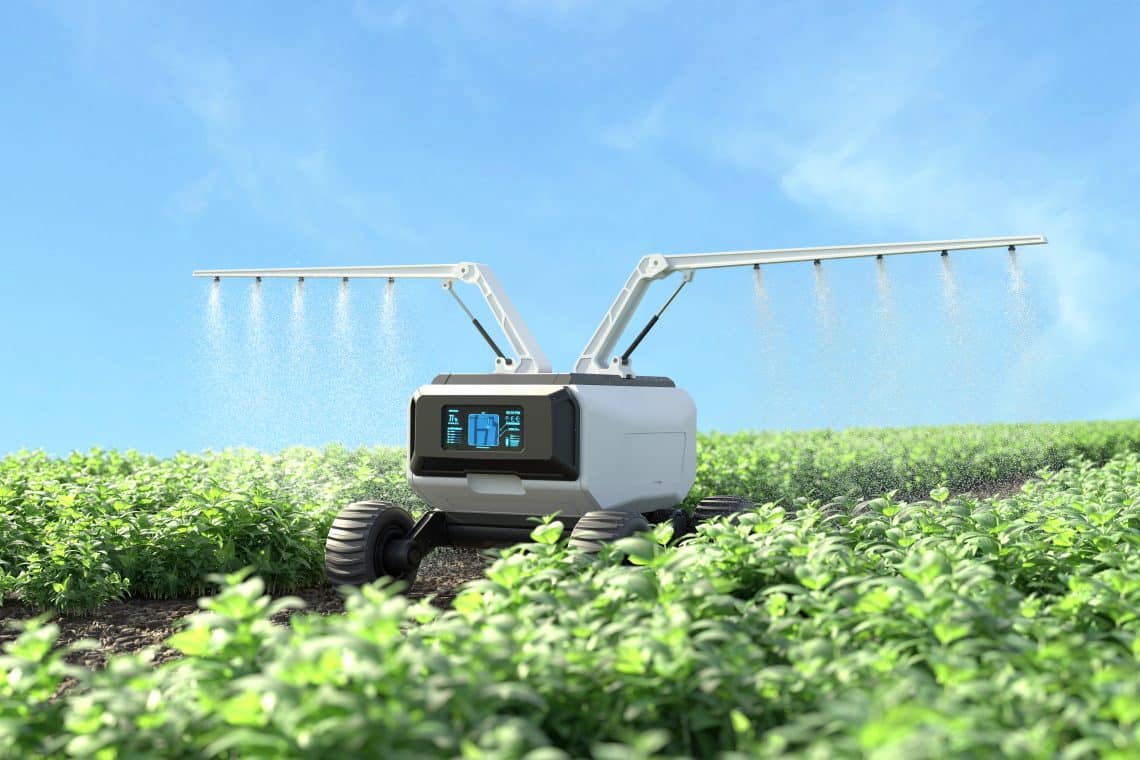
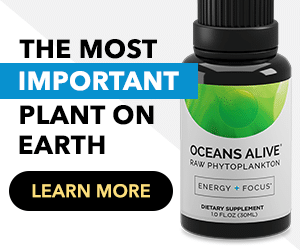

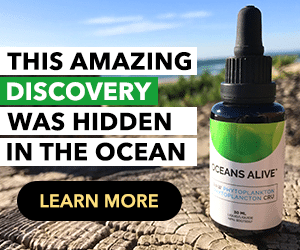





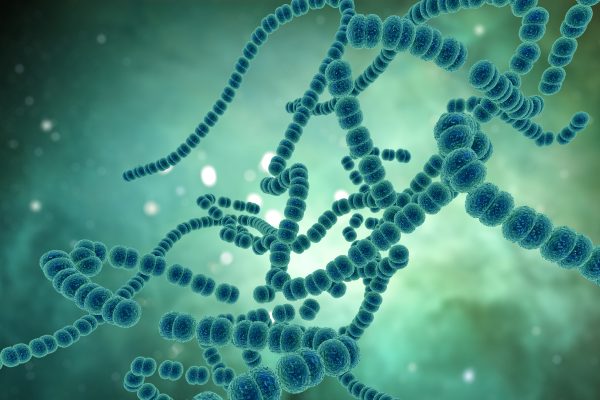
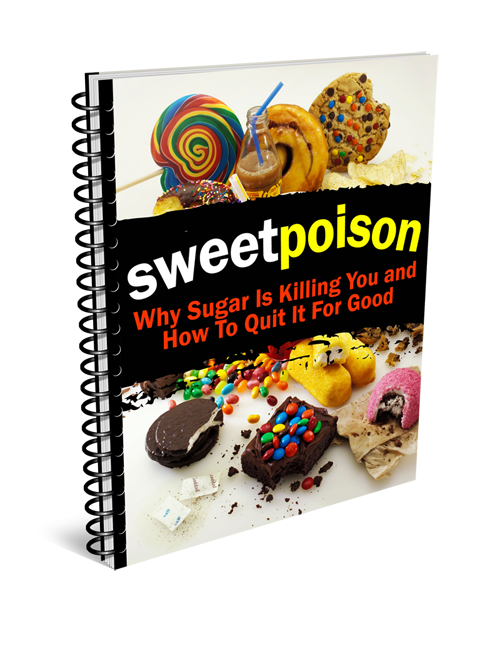
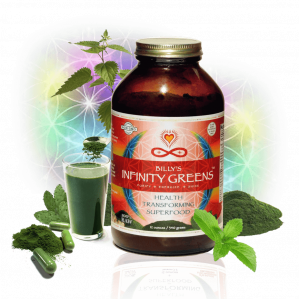

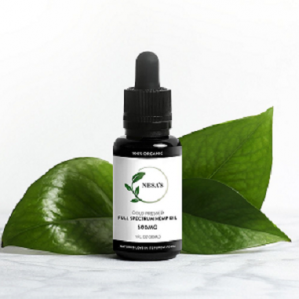
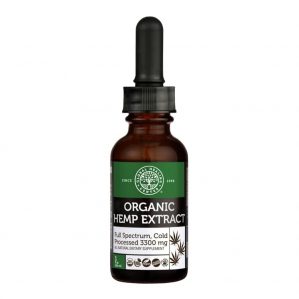
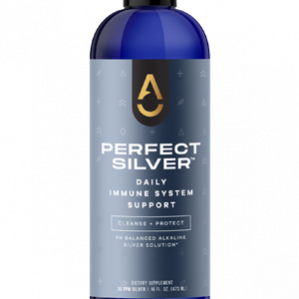



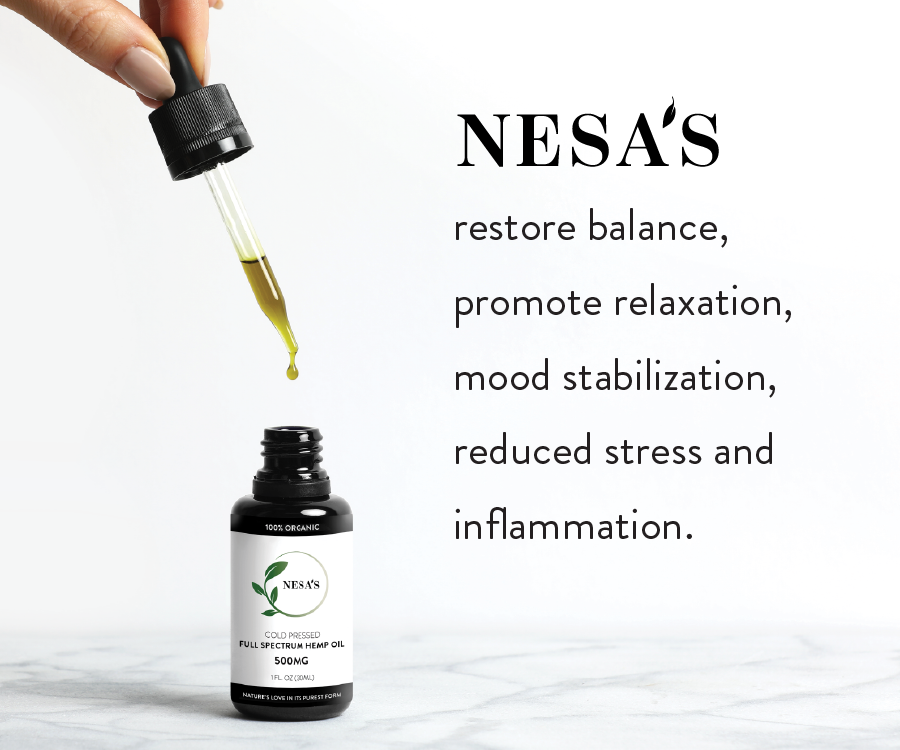
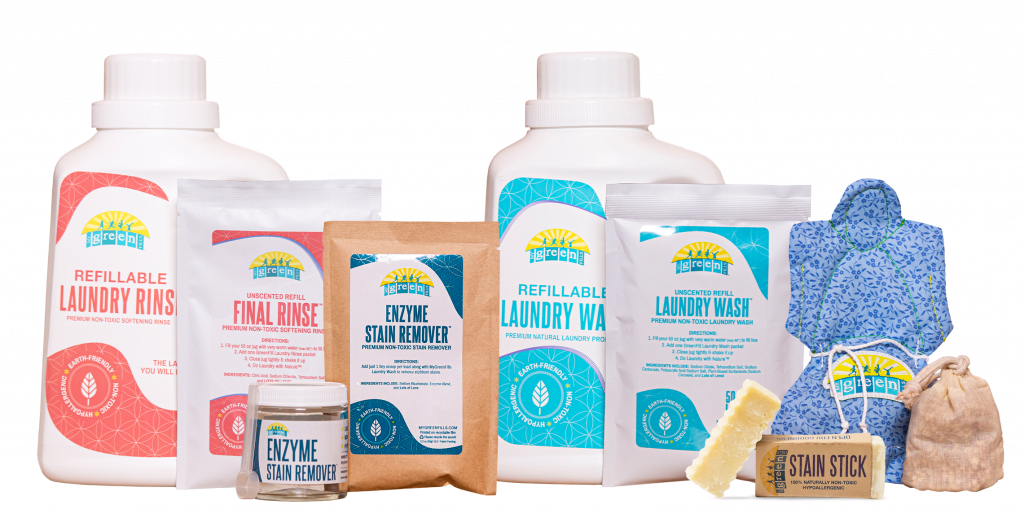






0 Comment